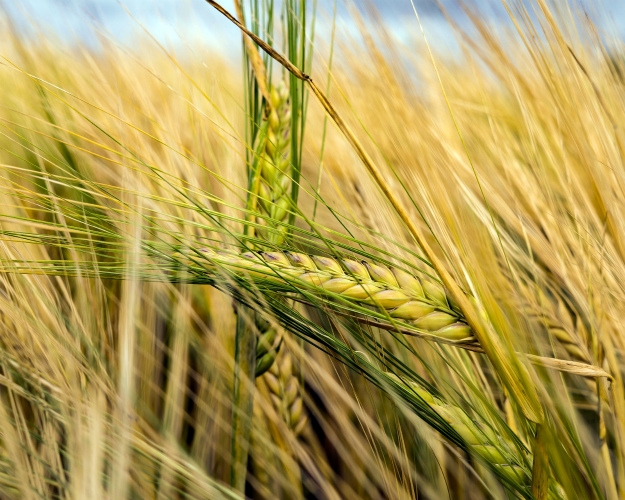Barley prices in Ukraine continue to rise amid supply shortage and devaluation of the hryvnia

During the New Year holidays, the traditional decline in the supply and delivery of agricultural products in Ukraine has become even more noticeable this year. This is due to the fact that farmers have enough working capital from the sale of rapeseed and sunflower in the first half of the season at high prices. Now they are refraining from sales against the backdrop of the devaluation of the hryvnia and the gradual increase in prices for corn, wheat and barley.
The dollar exchange rate against the hryvnia continues to grow and has increased by 0.5% since the beginning of the year to 42.4 UAH/$, which, together with the increase in export prices, contributes to the rapid growth of prices for feed barley.
Over the past two weeks, export demand prices for feed barley in Black Sea ports have increased by 200–400 UAH/t to 9,300–9,500 UAH/t or $192–195/t, and in Danube ports - to $200–201/t, supported by rising prices for feed corn to $205–206/t and feed wheat to $207–209/t.
Against the backdrop of increasing export demand, domestic feed processors have raised prices for feed barley to UAH 8,500–8,600/t on FCA terms, although two weeks ago malting plants were offering the same prices for high-quality malting barley.
In the 2024/25 MY (as of January 8), Ukraine exported 1.976 million tons of barley, which is 71% higher than the corresponding figure last year (1.15 million tons). However, exports decreased in January and amounted to only 8 thousand tons in the first 8 days compared to 80 thousand tons in the same period last year.
Demand for malting barley from Ukrainian processors remains low due to difficulties in selling malt on world markets. Therefore, its prices are about 9,000 UAH/t with delivery to the factory.
Global demand for beer and other alcoholic beverages continues to decline as the younger generation spends less time in clubs or socializing, preferring computers, gadgets, and a healthy lifestyle.
In Ukraine, after the start of the Russian aggression in 2022, sales of alcoholic beverages decreased by 53% compared to 2021, wine by 58%, and beer by 34%.


